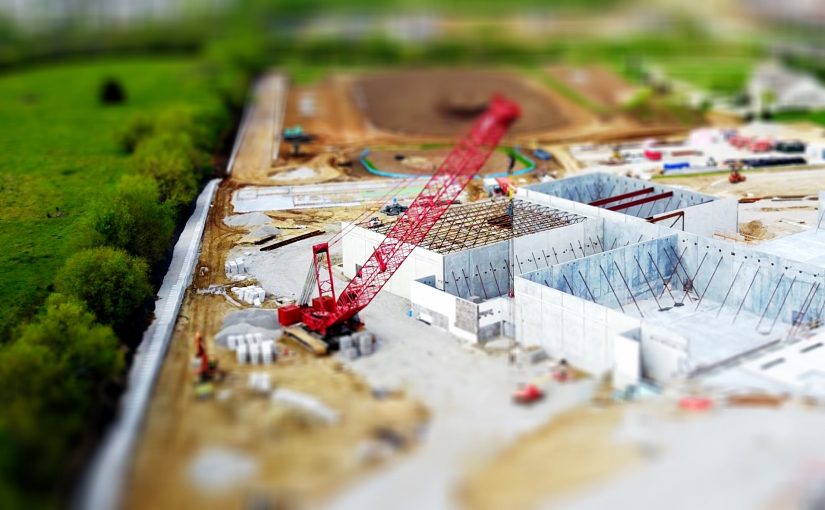Landlords face increased competition for long-term tenants. With short term holiday rentals being down due to covid-19 – many switched to renting their property long term. How can landlords survive in this tenants’ market?
Here are 4 tips to get landlords through this tough period in a tenants’ market.
Leasing a residential property has always been a challenge, now it got a little harder
We saw a trend in some cities where residential properties where used to rent it out to tourists. This short-term rental was far more lucrative and therefore very attractive for the owner. With that almost coming to a complete hold, we see a reverse effect as those landlords now are entering the long-term rental market.
Another difficulty we face is the social distancing rules – although they recently relaxed those rules slightly. Still, some prospective tenants are uncomfortable about entering a property and worst, if there are tenants still living at the place, they might not like any strangers entering their home at this time.
1 Adapt to new conditions
The smart landlord will do some research to recognise and adapt to these new conditions. Luckily, we can do so by doing our research online.
You may eve find an opportunity here in this challenging tenants’ market. For example, some landlords that own property near hospitals were able to rent out their places to hospitals or medical staff as those needed to stay separate from their family to don’t put them at risk.
2 Stay realistic
Don’t push the rent up to test the limit. This can cost you valuable time and money, in the end, you might only get a smaller rent anyway but maybe wasted 2 months in which you could have already earned. Make sure you are realistic and meet the market.
You may also consider to rent the property for a shorter period than the typical 12-month period. This might be more convenient for some tenants that are in an uncertain situation. Being flexible in that way can give you this little extra advantage.
3 Present your property in the best light
To present your place at its best is crucial. Some landlords or agents who take some quick photos with their cell may not take a good approach. As always, and especially now, the first impression is important. Great photos, with good light, showing a tidy property can make all the difference to stand out from other offers.

If it is not possible to show your property at its best because it just isn’t at its best maybe now would be a good time to do some maintenance or upgrading. A little bit of paint and well-chosen decoration can make miracles.
4 Advertise on a wider market
Take advantage of online real estate platforms such as www.listproperty4free.com where you can list property ads for free. Also, often a local classified portal can get you the right audience.




